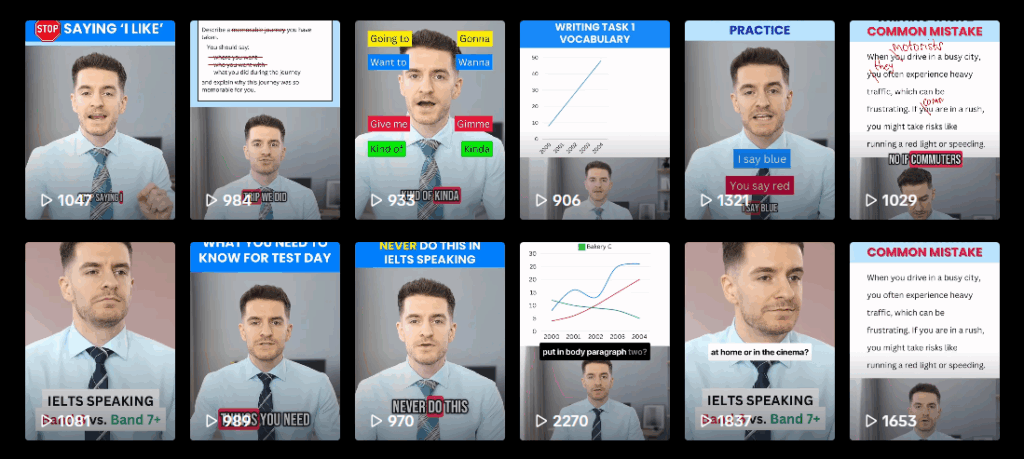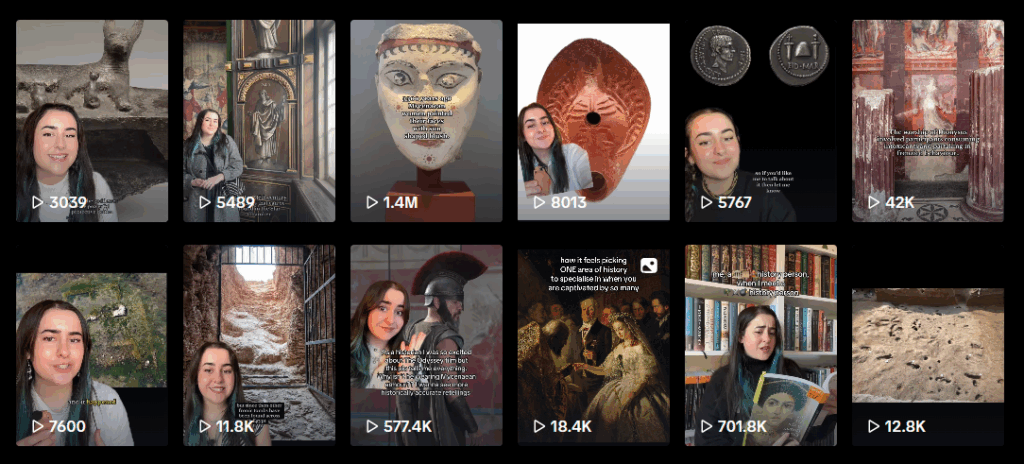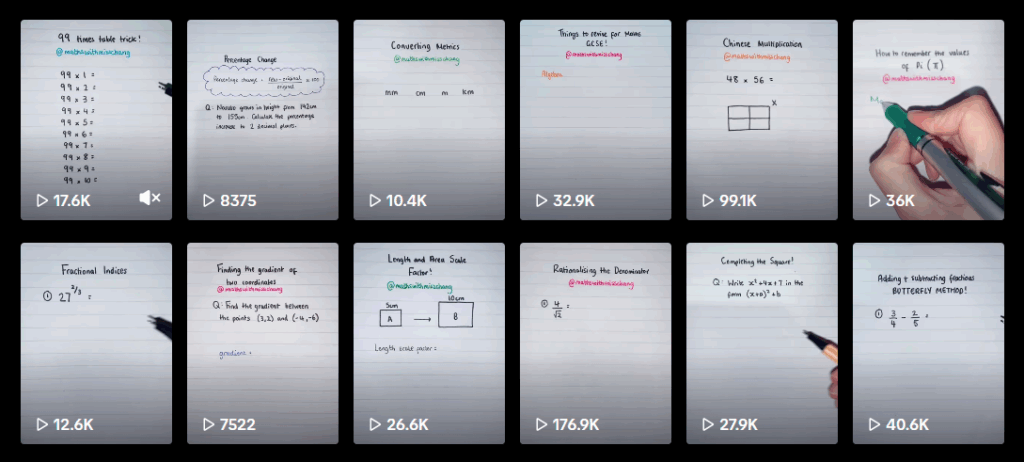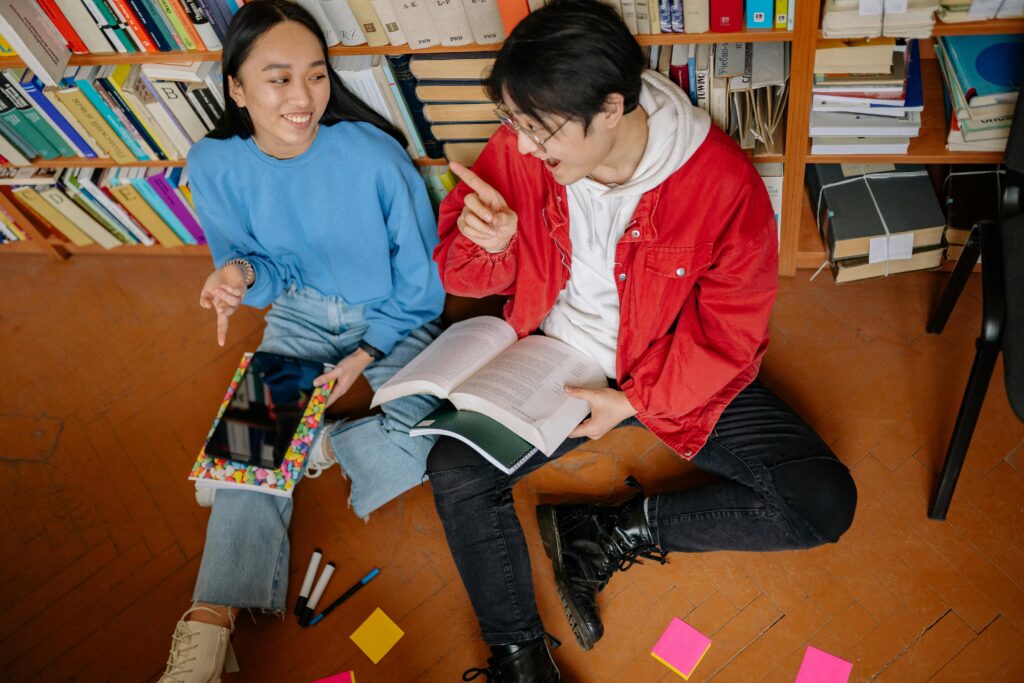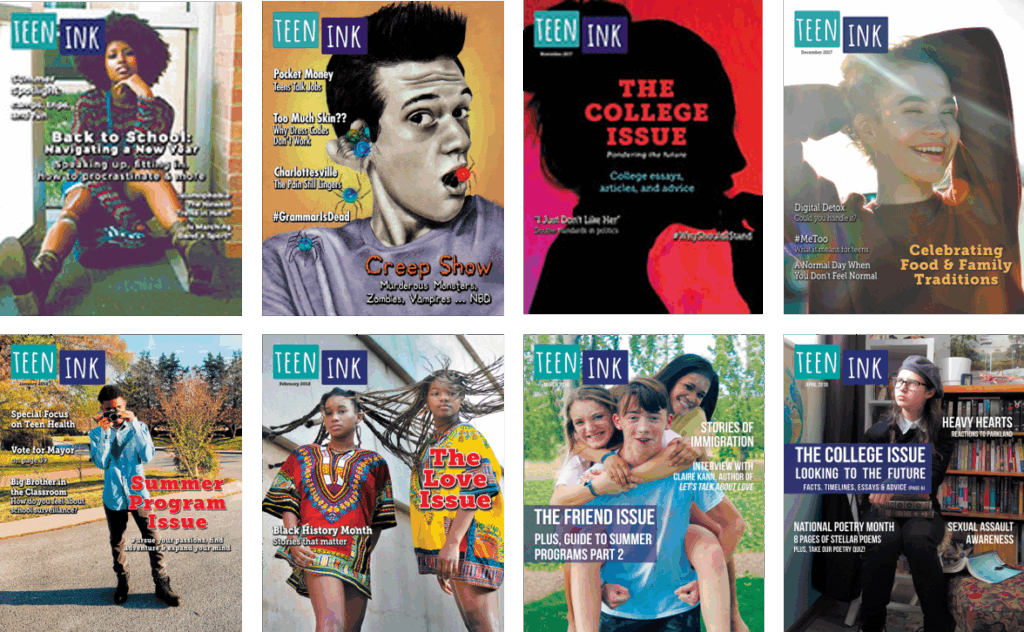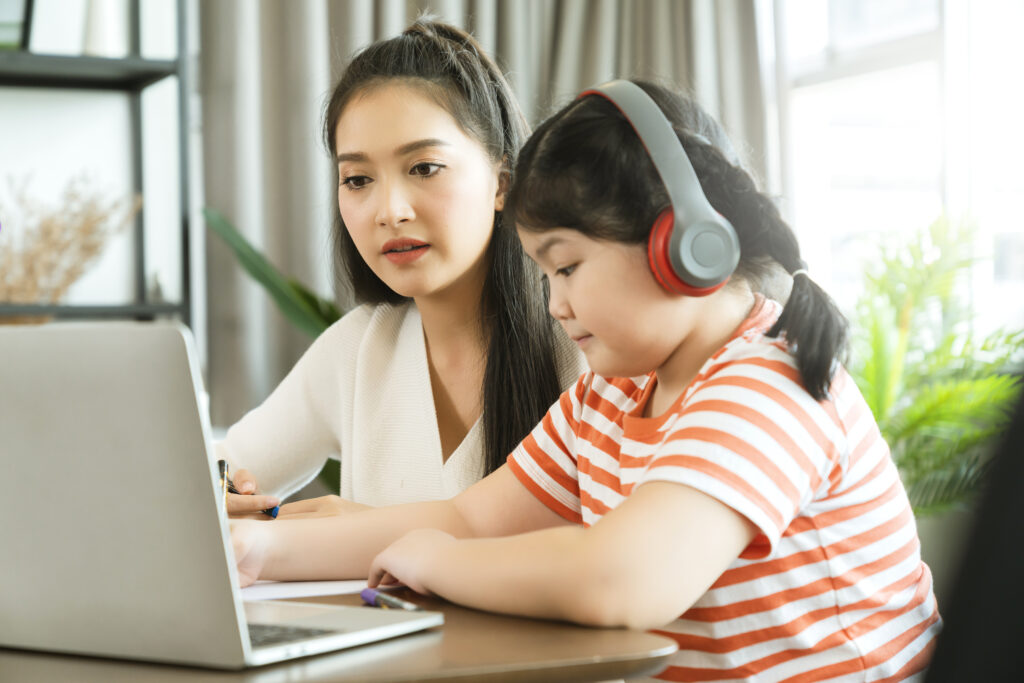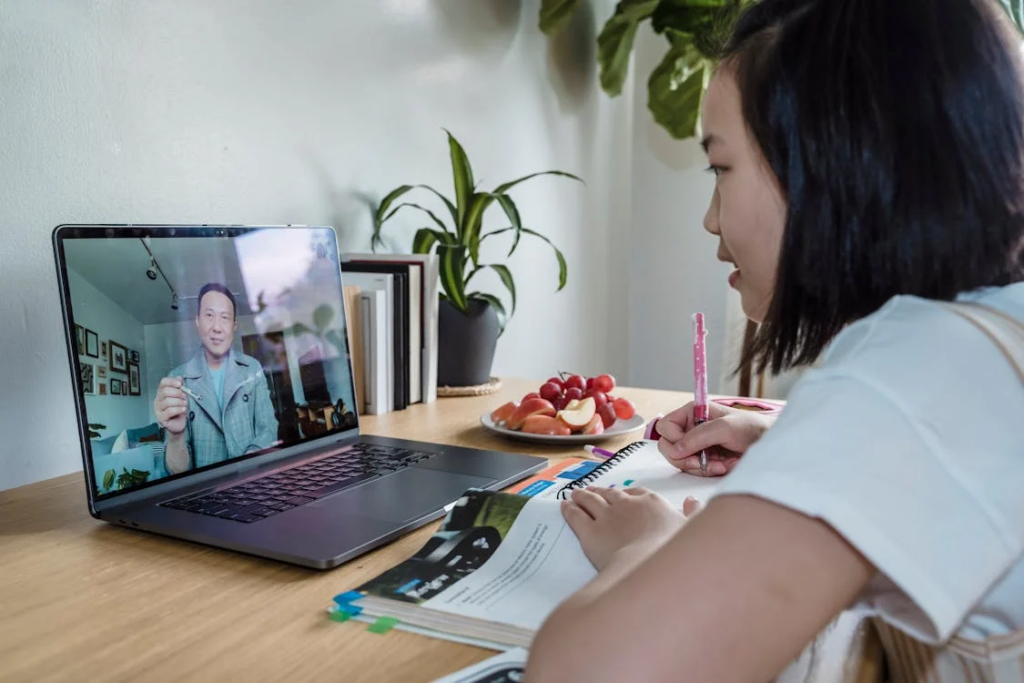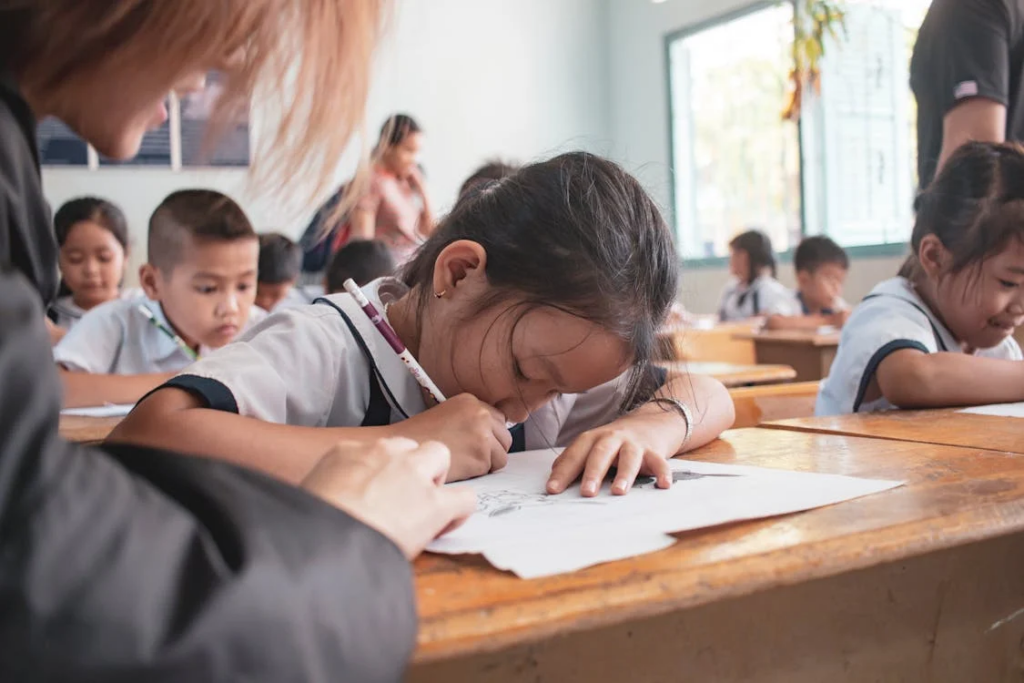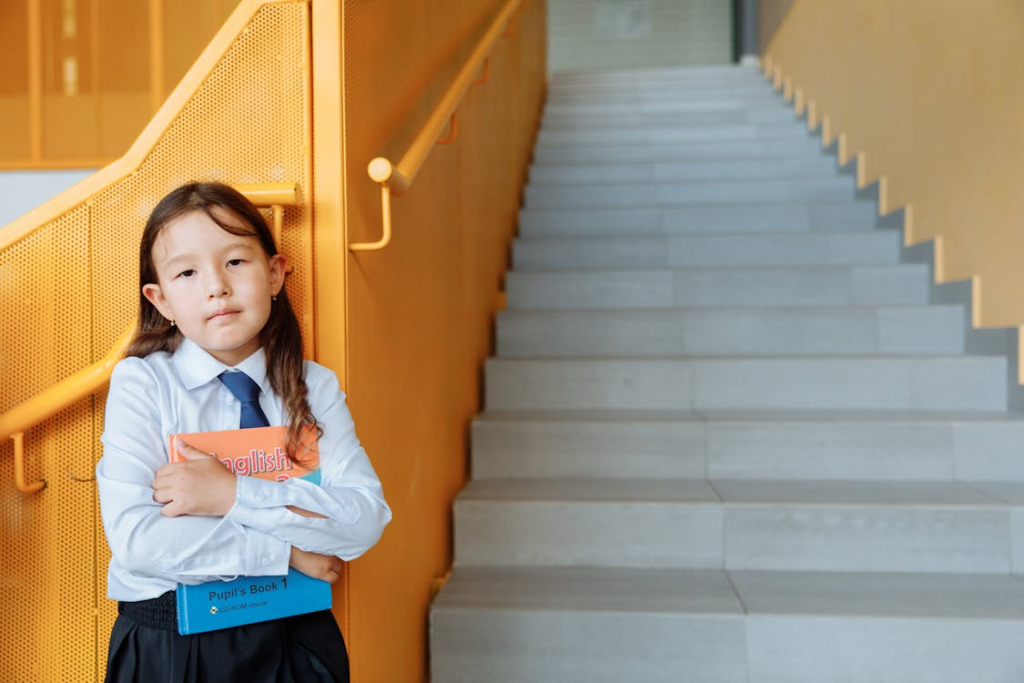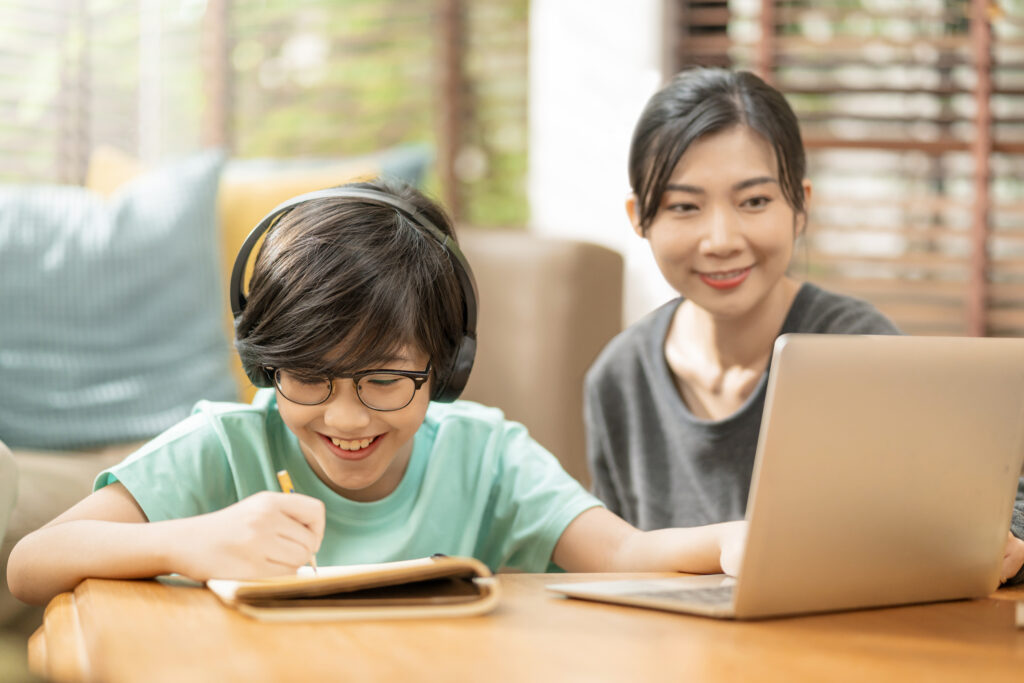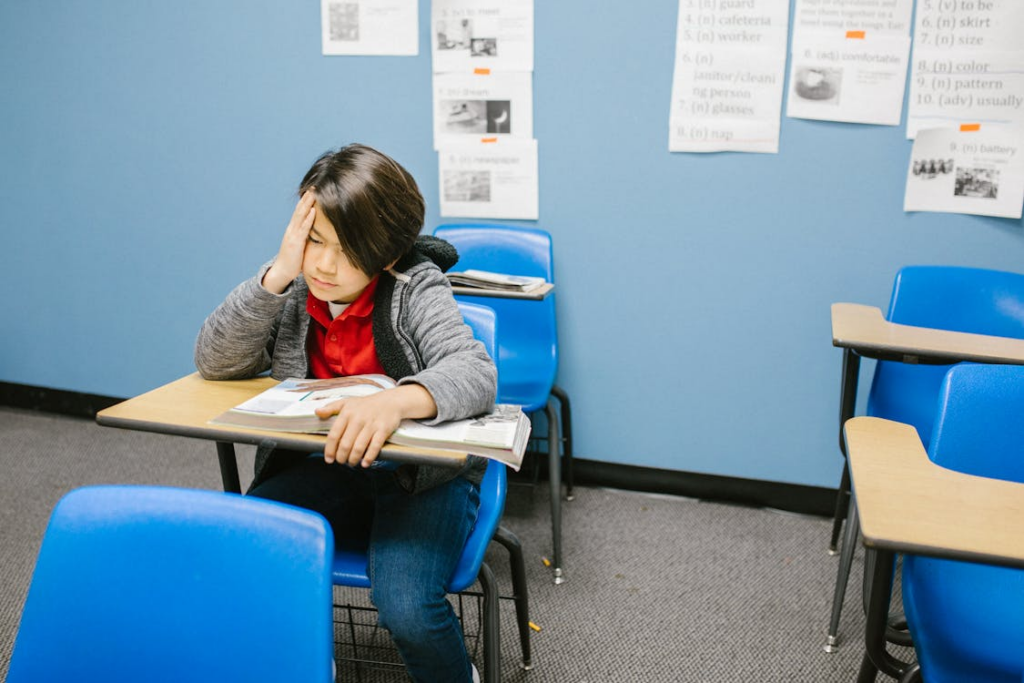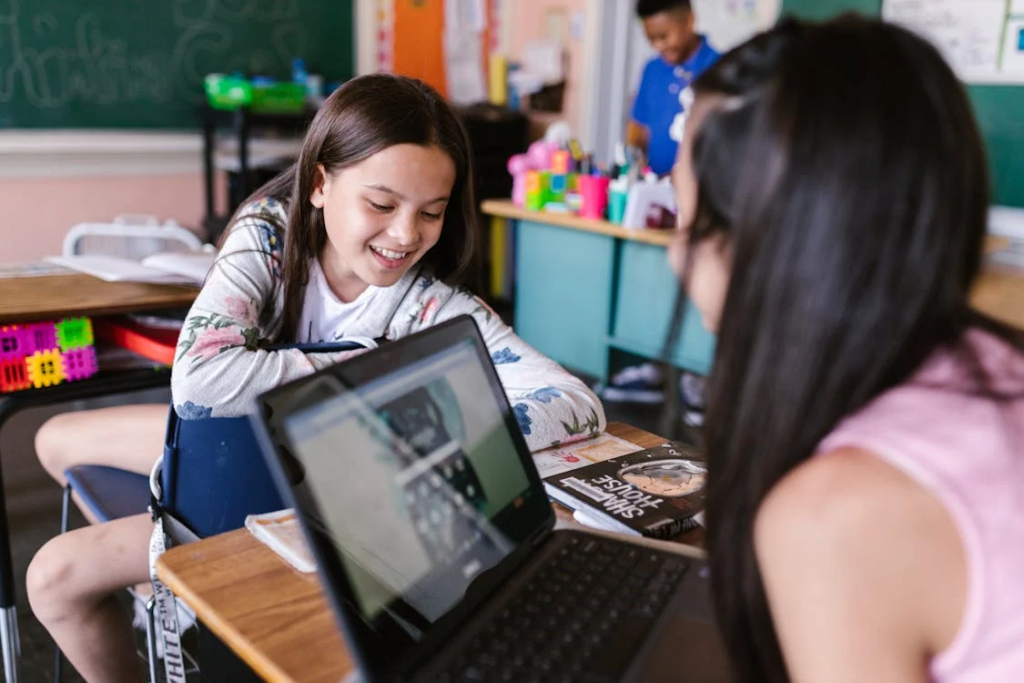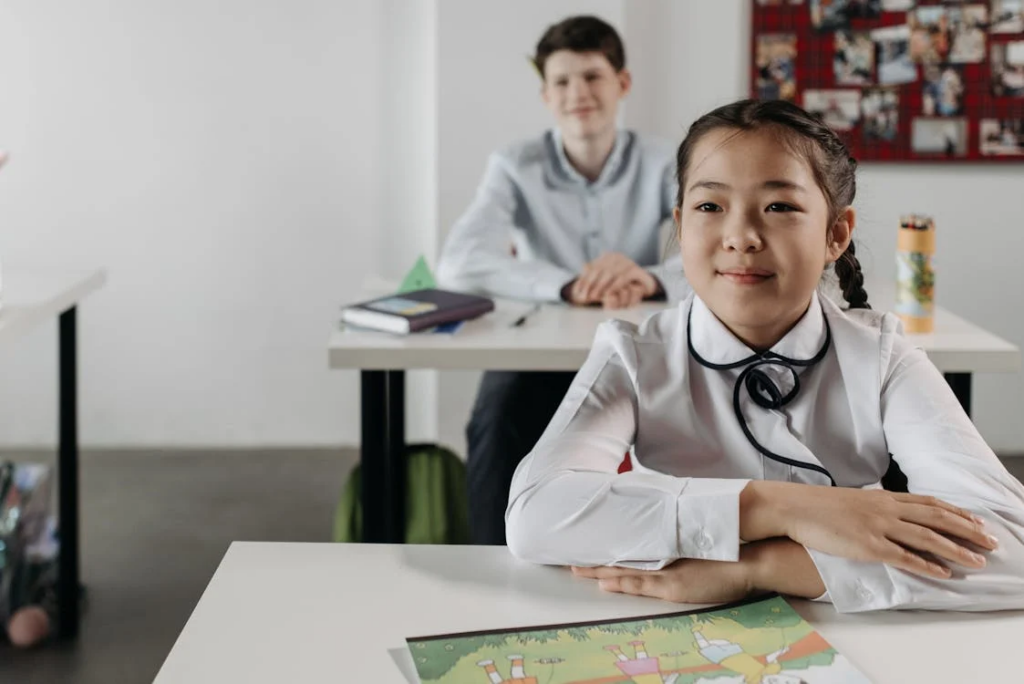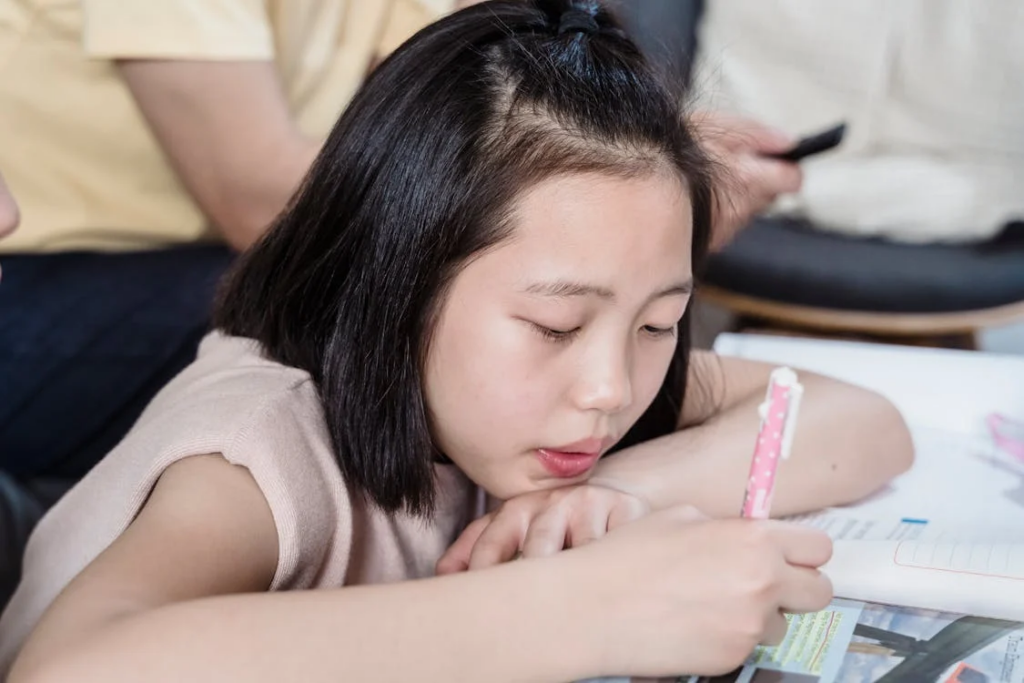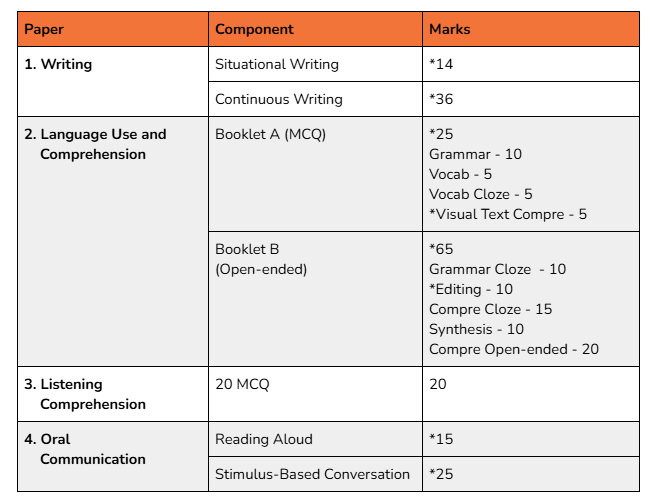"What makes an English major truly versatile is the wide range of opportunities it opens up."

Studying English goes far beyond reading books and writing essays, it helps students understand how language shapes the way people think, feel, and communicate. An English major involves plenty of reading, writing, and discussion, all designed to help students express ideas clearly and creatively. By exploring different kinds of literature and writing styles, they develop analytical, critical thinking, and communication skills that are valuable in almost any career path.
What makes an English major so versatile is the wide range of opportunities it opens up. The ability to write well, think deeply, and interpret information is valued in fields like education, publishing, marketing, business, and media. With so many directions to explore, studying English gives students the tools to turn their love of language into a meaningful and adaptable career.
1. Translators

Translators are multilingual professionals who specialise in converting written text from one language to another with accuracy and clarity. Their main goal is to make sure the translated version reads just like the original, capturing the same tone and meaning. Translators work across many industries, handling a wide variety of materials such as books, articles, legal documents, websites, and research papers. Their work helps bridge communication gaps and allows people around the world to access information and ideas in their own language.
Most translators start by earning a bachelor’s degree in a field like translation, interpreting, international studies, English, or a foreign language. An English degree provides strong reading and writing skills, which are valuable when ensuring translations sound natural and precise. With this foundation, translators can work independently, for translation agencies, or with global organisations that rely on accurate multilingual communication.
2. Librarians

Librarians help people find, organise, and manage information in a variety of settings, including public libraries, schools, universities, research centres, and government agencies. Their work goes far beyond managing books, they guide others in using information effectively, maintain updated resources, and support learning in both physical and digital environments. Their role blends research, organisation, and communication, making them essential in helping communities access knowledge efficiently.
Most librarians go on to earn a Master of Library Science (MLS) or Master of Library and Information Science (MLIS) after completing their undergraduate studies. A strong background in English supports this path well, as it builds skills in research, comprehension, and written communication, all vital for managing and sharing information clearly. With the right mix of curiosity and expertise, librarians play a meaningful role in helping people discover and understand the information they need.
3. Writer

Bringing ideas to life through words is what writers do best. They communicate, inform, and entertain audiences through books, articles, scripts, and marketing materials. Their work includes researching, drafting, and editing to make sure every piece is clear, engaging, and meaningful. Strong language skills, creativity, and a solid understanding of their topic help writers craft content that connects with readers and delivers messages that stay with them. A background in English strengthens these abilities, helping writers express ideas clearly and develop a distinctive voice.
Many writers work independently as freelancers, while others join companies, publishers, or media organizations as full-time staff. The job requires more than just talent, it also calls for imagination, focus, and attention to detail. The study of English builds essential skills in analysis, storytelling, and written communication, which all play a big role in this profession. These skills help writers adapt to different industries, audiences, and writing styles, giving them the tools to grow and succeed in a wide range of creative and professional settings.
4. Copywriter

Writing persuasive and engaging content that inspires readers to take action is at the core of a copywriter’s work. They aim to motivate audiences to make a purchase, sign up for a service, or connect with a brand by using clear and compelling language. This involves researching topics, understanding the target audience, and capturing the right tone to reflect a company’s brand voice. Their projects can include website content, emails, advertisements, and social media posts designed to catch attention and encourage response.
To produce effective content, copywriters study the client, product or service, industry trends, and competition to create messages that are both accurate and appealing. They also research keywords to improve visibility through search engines and help brands reach wider audiences. Along with writing, they edit and proofread to ensure their work meets brand guidelines and project goals. An English degree provides a strong foundation for this role by building writing, research, and storytelling skills that help copywriters communicate ideas that truly resonate.
5. Publishers

Publishers oversee the entire process of bringing written materials to the public, managing everything from reviewing submissions and arranging contracts to supervising editing, design, and marketing efforts. They ensure that every book, magazine, or online article meets quality standards and reaches its intended audience. This role blends creativity and strategy, requiring a good sense of both storytelling and business to make sure each project succeeds in the marketplace.
Publishing offers many paths, including work in book production, magazines, and digital media. Some publishers focus on specific genres like fiction, biographies, or academic journals, while others specialize in subjects such as science, poetry, or history. A background in English helps in this field by sharpening communication and analytical skills, as well as providing a deep understanding of language and storytelling, qualities that help publishers identify promising works and shape them into engaging, market-ready publications.
6. Journalists

Researching, writing, and reporting on news and events helps keep people informed and aware of what’s happening in their communities and around the world. This work involves interviewing sources, fact-checking information, and sharing stories through newspapers, television, radio, and online platforms. Journalists need to communicate clearly and accurately to present truthful and engaging stories that inform and inspire. A strong background in English supports this by developing writing precision, analytical thinking, and the ability to shape complex ideas into clear and meaningful narratives.
Those in this field often investigate stories, attend events, and use digital tools to produce accurate and compelling content. They look into public records, analyze databases, and speak with witnesses, experts, and public figures to provide depth and different perspectives in their reporting. Meeting tight deadlines and maintaining ethical standards are part of their daily routine. Skills in research, storytelling, and critical analysis help journalists craft well-rounded, trustworthy stories that make an impact and keep audiences connected to the world around them.
7. Web Content Specialist

Creating and maintaining online content is the main focus of web content specialists. They develop engaging, accurate, and user-friendly materials that help businesses connect with their audiences across digital platforms. Their work often begins with consulting company leaders or clients to understand goals and shape a content strategy that fits the brand’s message. Strong writing and communication skills, often built through studying English are essential in this role, as they help specialists craft clear and compelling content that captures attention and builds trust online.
Teamwork is a big part of this career. Web content specialists collaborate with designers, programmers, copywriters, and project managers to create websites and digital tools that are visually appealing and functional. After a site goes live, they continue to test, update, and add new features to keep it running smoothly and engaging for users. Research, organization, and attention to detail are crucial for success, helping these professionals create high-quality content that supports a company’s digital presence and growth.
8. Technical Writer

Primary duties include creating user manuals, guides, and other types of documentation that explain technical or complex topics in a clear and understandable way. Technical writers focus on turning complicated information into content that makes sense to the intended audience. They research, write, and edit materials such as how-to guides, product instructions, and online help articles that help users navigate new tools, technologies, or systems with ease.
This role often involves close collaboration with subject matter experts, engineers, and technical staff to ensure accuracy and clarity. Using strong research and writing skills, technical writers translate industry jargon into content that’s easy for readers to follow and apply. An English degree helps prepare them for this path by developing communication, organisation, and critical thinking skills that are essential for explaining detailed information in a simple, effective way.
9. Editors

Editors make sure written content is clear, accurate, and engaging for readers. They review books, articles, reports, and other materials to ensure each piece is polished and consistent in tone and style. Editors may work for publishing houses, media organizations, or companies that produce regular written content, overseeing projects from the first draft to the final version. A background in English is especially helpful in this field, as it develops an eye for detail, a deep understanding of language, and the ability to shape writing that flows naturally and connects with readers.
Teamwork is an essential part of the job. Editors often collaborate with writers to provide feedback, share writing and style guidelines, and ensure projects are completed on time. They carefully review drafts to catch and correct grammar, spelling, and factual errors before publication. Editing requires patience, precision, and a passion for clear communication, skills that help editors refine ideas, elevate the writer’s voice, and ensure every piece meets high professional standards.
10. English Teachers

English teachers play a vital role in helping students read, write, and communicate effectively. They guide learners through the essentials of grammar, vocabulary, and literature while fostering a genuine appreciation for the English language. Through well-structured lesson plans, assignments, and assessments, teachers monitor each student’s progress and adjust their approach to support different learning styles. Beyond teaching the rules of language, they encourage creativity and expression, helping students develop clear and thoughtful ways to share their ideas.
Core responsibilities include teaching English fundamentals such as grammar, vocabulary, syntax, and pronunciation. English teachers also introduce students to literature and poetry, using these works to build reading comprehension and analytical thinking. They create engaging lessons that align with curriculum goals, assign and evaluate projects, and provide constructive feedback to help students grow in both skill and perspective. Studying English helps learners communicate ideas more effectively and think critically about the world around them, skills that open doors to many academic and professional paths.
At Curio.sg, our dedicated tutors bring these same principles to life through engaging and personalized online lessons. Many of our educators are experienced teachers and published authors of 12 Years of O Level Model Essays and Romeo & Juliet Study Guide: Passage-Based Exam Practice Papers, passionate about helping students reach their academic goals and pursue the majors they aspire to with confidence in their English skills. Our online English tuition focuses on strengthening grammar, writing, and critical thinking through practical, enjoyable learning experiences. Sign up today at Curio.sg to give your child access to expert English tutors who make learning meaningful and rewarding.







































